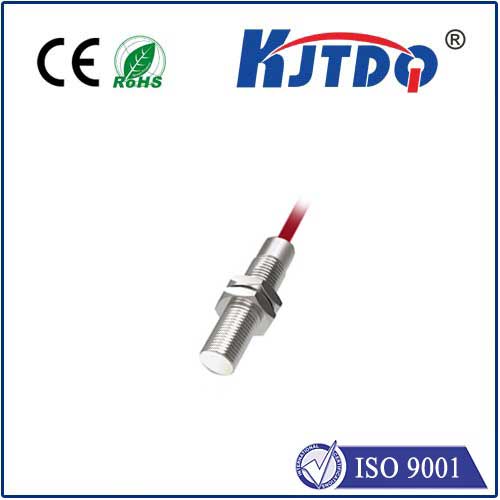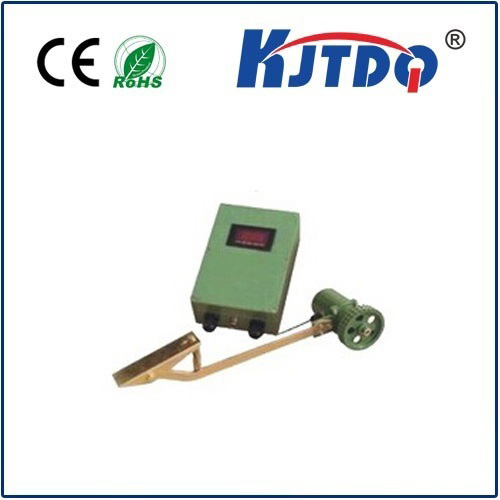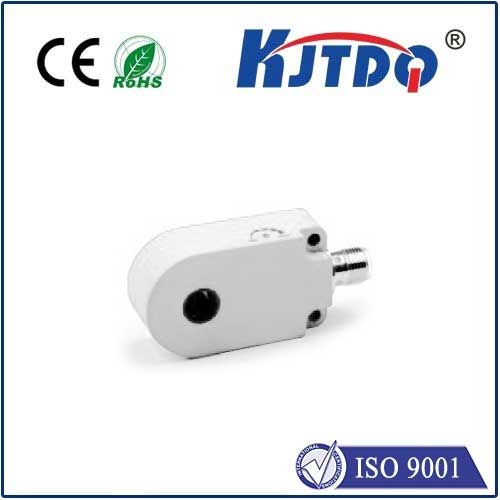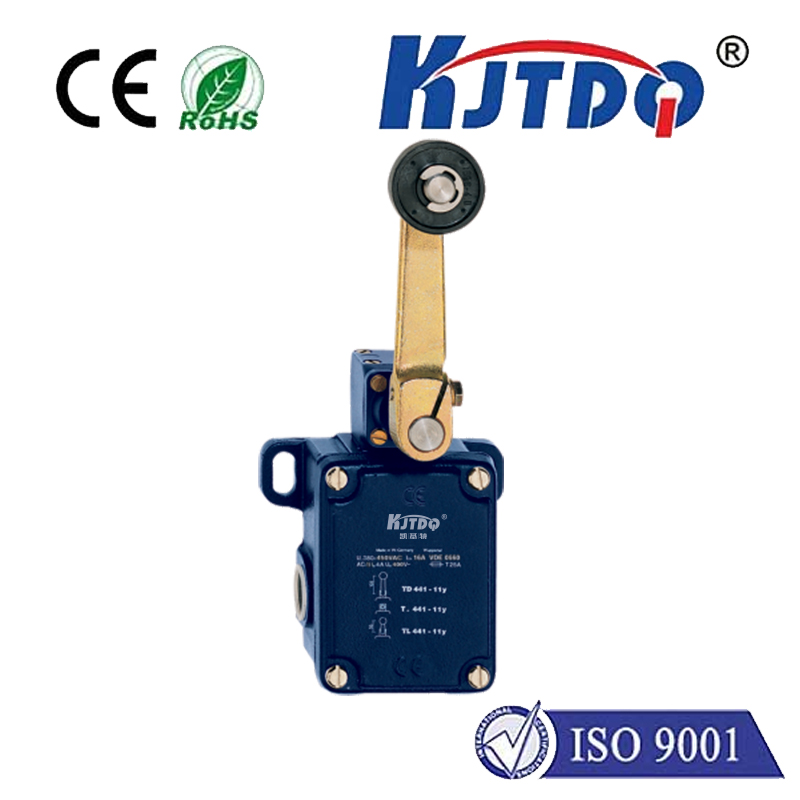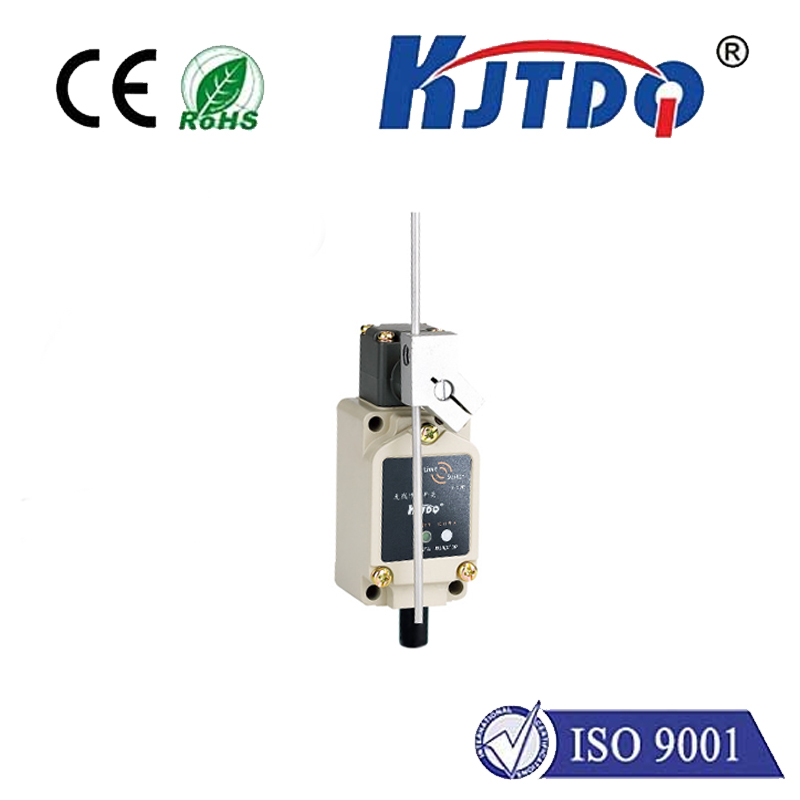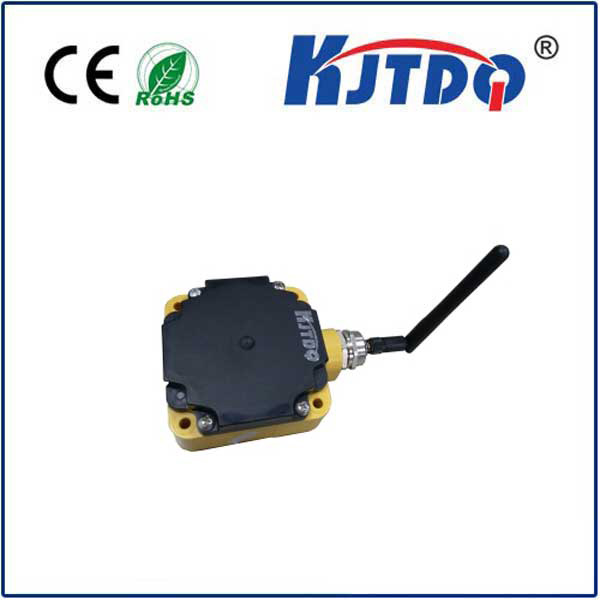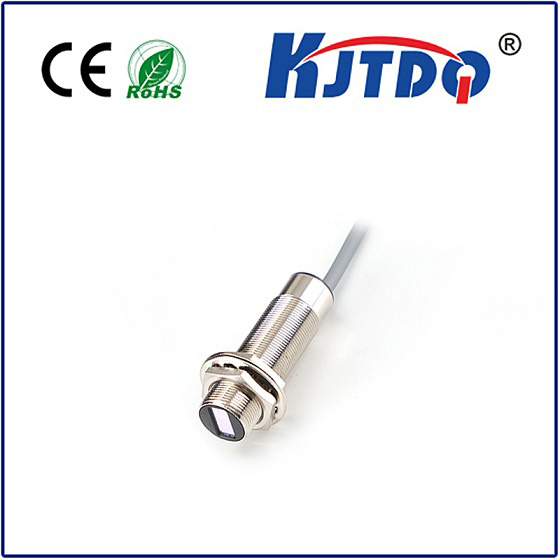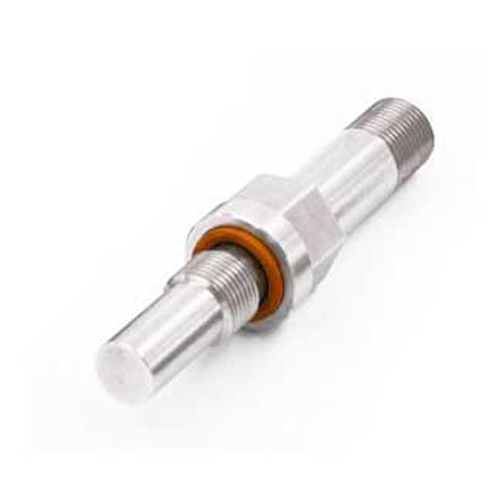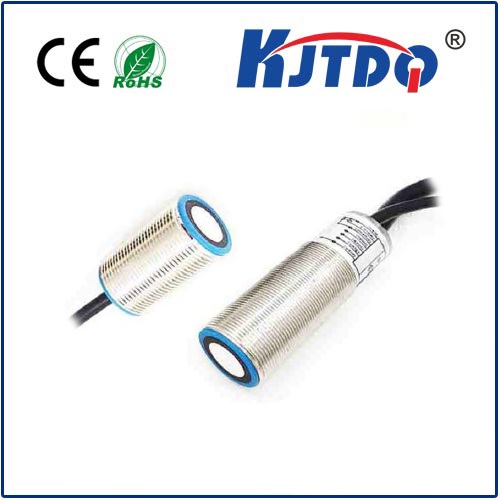

check

check

check

check

check

check

check

check

check

check
Automotive safety is a critical aspect that needs to be addressed with utmost care. One of the key components that contribute to vehicle safety is the use of Ateproximity Sensors. These sensors are designed to detect objects or vehicles that are nearby, providing drivers with important information about their surroundings. In this article, we will explore the importance of Ateproximity Sensors in the automotive industry, how they improve safety, and how they enhance efficiency.
Ateproximity Sensors Help Improve Safety
One of the primary benefits of using Ateproximity Sensors is that they help improve safety on the road. These sensors detect objects or vehicles that are nearby, alerting drivers to potential hazards. This allows drivers to take necessary precautions and avoid dangerous situations. For example, if a sensor detects an approaching vehicle, it can trigger an alarm or warning light, giving the driver enough time to react and avoid a collision. Additionally, these sensors can also detect pedestrians who may be walking near the road, helping drivers to remain vigilant and aware of their surroundings.
Another benefit of Ateproximity Sensors is that they can improve safety in parking situations. These sensors can help drivers determine whether there are any obstacles in their path when parking. They can detect objects such as other cars, bikes, or even pedestrians, making it easier for drivers to find a safe spot to park. This not only helps prevent accidents but also saves time and energy for drivers looking for parking spaces.
Ateproximity Sensors Enhance Efficiency
Apart from improving safety, Ateproximity Sensors also play a significant role in enhancing efficiency in the automotive industry. These sensors can provide valuable data about traffic flow, allowing drivers to optimize their routes and avoid congestion. By monitoring the distance between vehicles and other objects on the road, Ateproximity Sensors can help drivers identify optimal driving patterns and reduce fuel consumption. This not only improves fuel efficiency but also reduces greenhouse gas emissions, contributing to a more sustainable future.
Additionally, Ateproximity Sensors can help improve the performance of automated driving systems. These sensors can provide accurate readings of the surrounding environment, allowing autonomous vehicles to make informed decisions about their movements. This enables them to navigate through complex environments safely and efficiently without human intervention. As the technology behind autonomous driving continues to develop, Ateproximity Sensors will become increasingly essential for ensuring the safe and effective operation of these systems.
In conclusion, Ateproximity Sensors are an indispensable component of modern automotive safety and efficiency systems. They help improve safety by detecting potential hazards and alerting drivers to potential risks. They also enhance efficiency by reducing fuel consumption, improving traffic flow, and enabling safer and more efficient autonomous driving systems. As the technology behind these sensors continues to evolve, we can expect even greater advancements in the automotive industry in the years to come.
